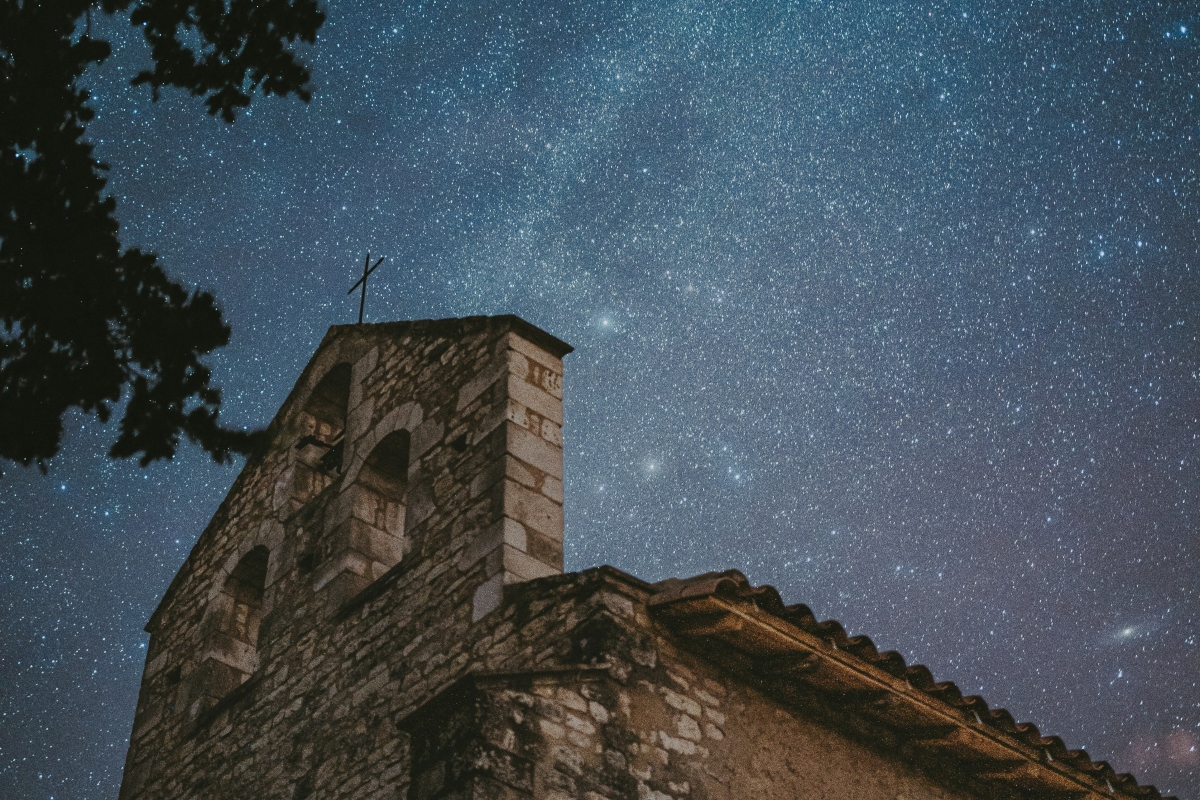As summer reaches its peak, stargazers and astronomy enthusiasts are in for a treat. The annual Perseids meteor shower, one of the most anticipated celestial events of the year, will dazzle night skies this August. The Perseids meteor shower occurs when Earth passes through the debris trail left behind by Comet Swift-Tuttle.
As our planet plows through this cosmic fragments field, tiny particles of dust and rock enter Earth’s atmosphere at high speeds. As they burn up, they create brilliant streaks of light. This annual event is named after the constellation Perseus, from which the meteors appear to radiate.
When And Where To Watch
The 2024 Perseids will peak on the night of August 11 to 12, with good viewing opportunities on the nights before and after. While the shower actually begins in mid-July and lasts through most of August, the peak nights offer the best chance to see the most meteors. The Perseids are visible across the Northern Hemisphere, making this a global event.
Under ideal conditions, viewers can expect to see anywhere from 50 to 75 meteors per hour during the peak. The Perseids are known for their brightness and speed, often leaving glowing trails in their wake. These “shooting stars” streak across the sky at an impressive 37 miles (59 kilometers) per second.
The Perseids hold both scientific and cultural significance. This event provides astronomers with valuable data about comets and their debris trails. For the general public, it’s an opportunity to witness one of nature’s most awe-inspiring displays and connect with the cosmos.
How To Best Observe The Perseids
To maximize your meteor-watching experience, follow these tips:
- Find a dark location away from city lights.
- Check weather forecasts for clear skies.
- Allow your eyes to adjust to the darkness for at least 30 minutes.
- Lie flat on your back to take in as much of the sky as possible.
- Be patient and comfortable – bring warm clothes, blankets, and snacks.
The best viewing times are typically between midnight and dawn when the radiant point is highest in the sky. As Preston Dyches from NASA’s Jet Propulsion Laboratory puts it, “The Perseids are one of our most reliable annual meteor showers. It’s a great opportunity for families to go outside together and enjoy the wonders of the night sky.”





